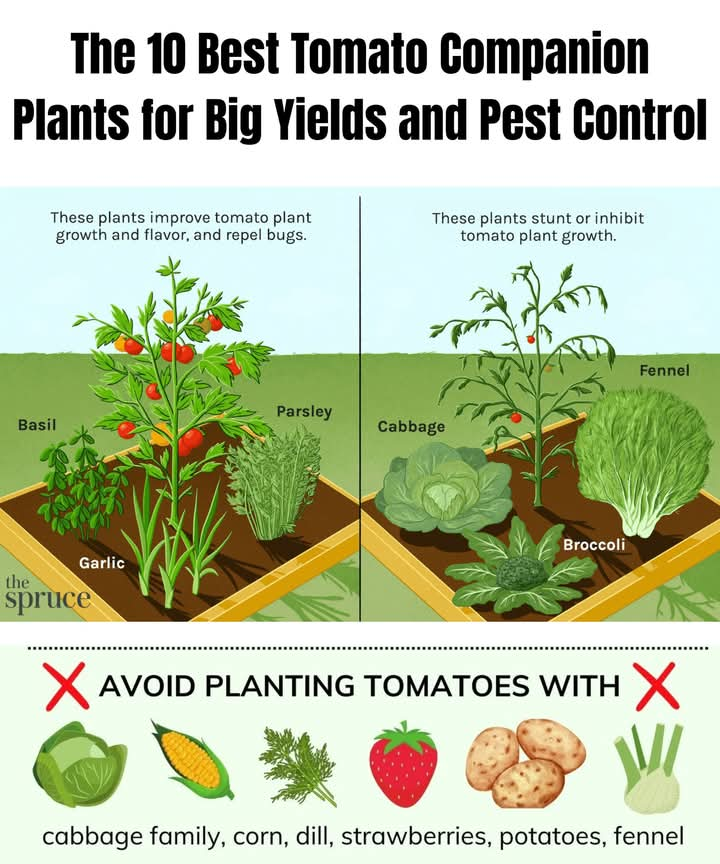Agroecology: Farming with Nature
Agroecology: Farming with Nature
Agroecology is a smart way of farming that works together with nature. It helps create farming systems that are good for the environment, produce enough food, and can handle tough conditions like drought or pests. It uses local knowledge, natural methods, and science to improve the soil, protect plants and animals, and support farmers and their communities.
Main Ideas of Agroecology
1. Growing Different Crops
It encourages planting many types of crops and mixing them in the same field. This helps reduce pests and increases harvest.
2. Taking Care of the Soil
Farmers use things like compost, animal manure, and cover crops to keep the soil healthy and full of nutrients.
3. Saving Water
Methods like putting grass or leaves on the ground (mulching), planting trees with crops (agroforestry), and collecting rainwater help save water.
4. Using Fewer Chemicals
Agroecology tries to avoid chemical fertilizers and pesticides. Instead, it uses natural ways like compost and friendly insects.
5. Working Together on the Farm
It mixes animals, crops, and even tiny organisms in the soil so they help each other grow and stay healthy.
6. Respecting People and Culture
This method values local traditions, supports small farms, and respects farmers’ knowledge and decisions.
7. Being Strong in Hard Times
By using many different crops and natural methods, agroecology helps farms stay strong against climate change, pests, or market problems.
Common Practices in Agroecology
– Changing crops from season to season (crop rotation)
– Growing different crops or mixing them (polyculture)
– Planting trees among crops or with animals (agroforestry)
– Using compost and animal waste again (organic matter recycling)
– Selling food directly to the local community (community-supported farming).




